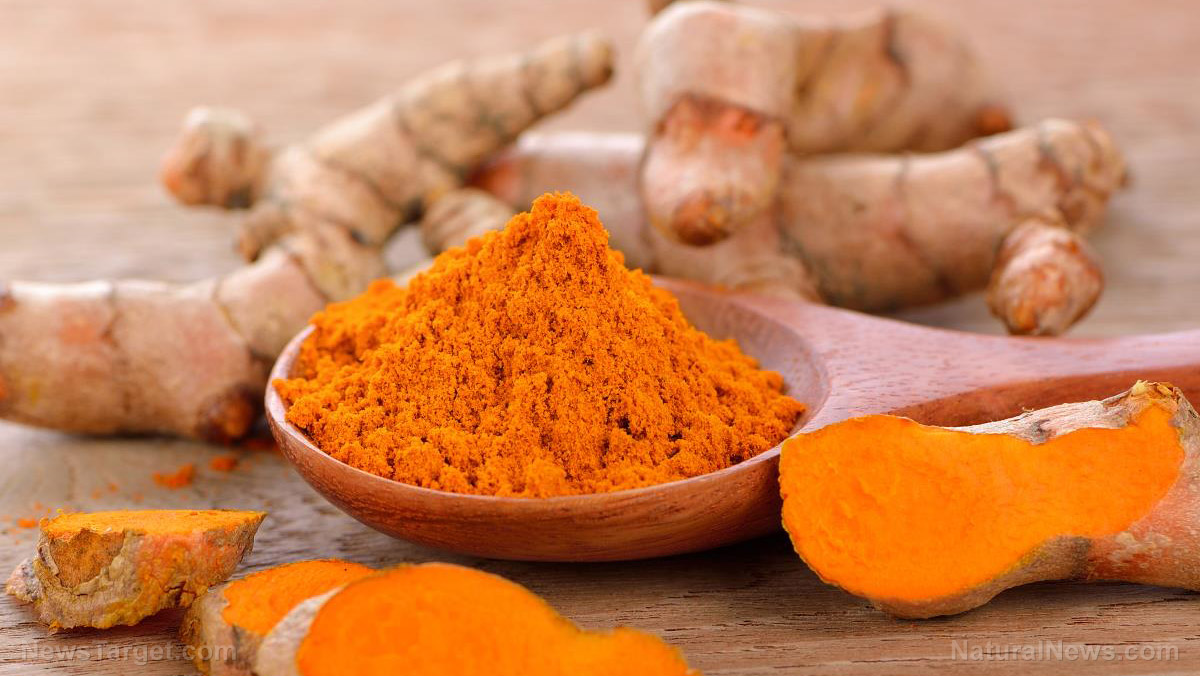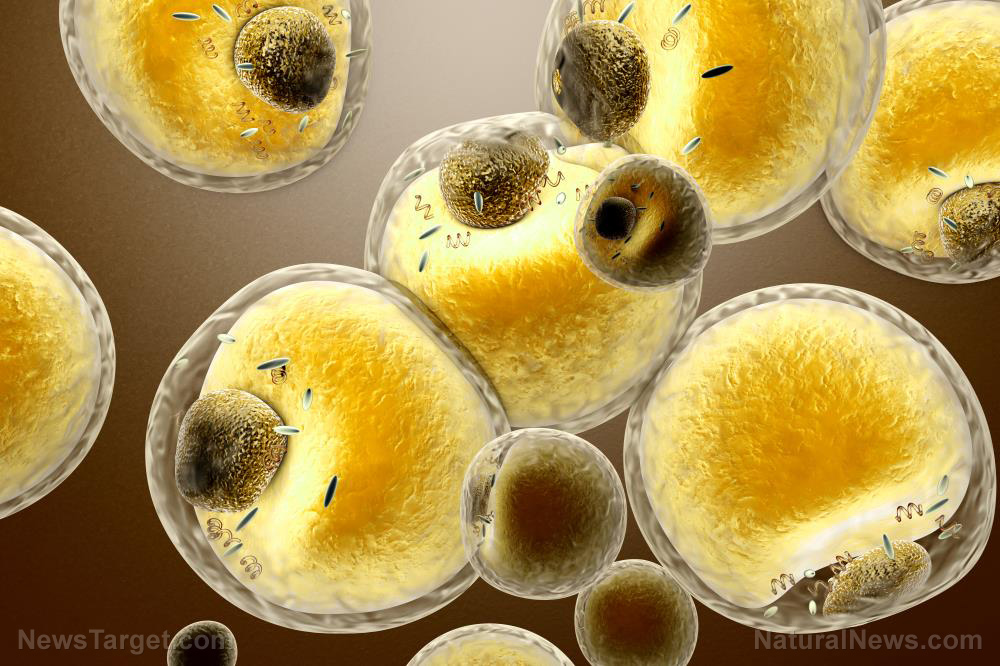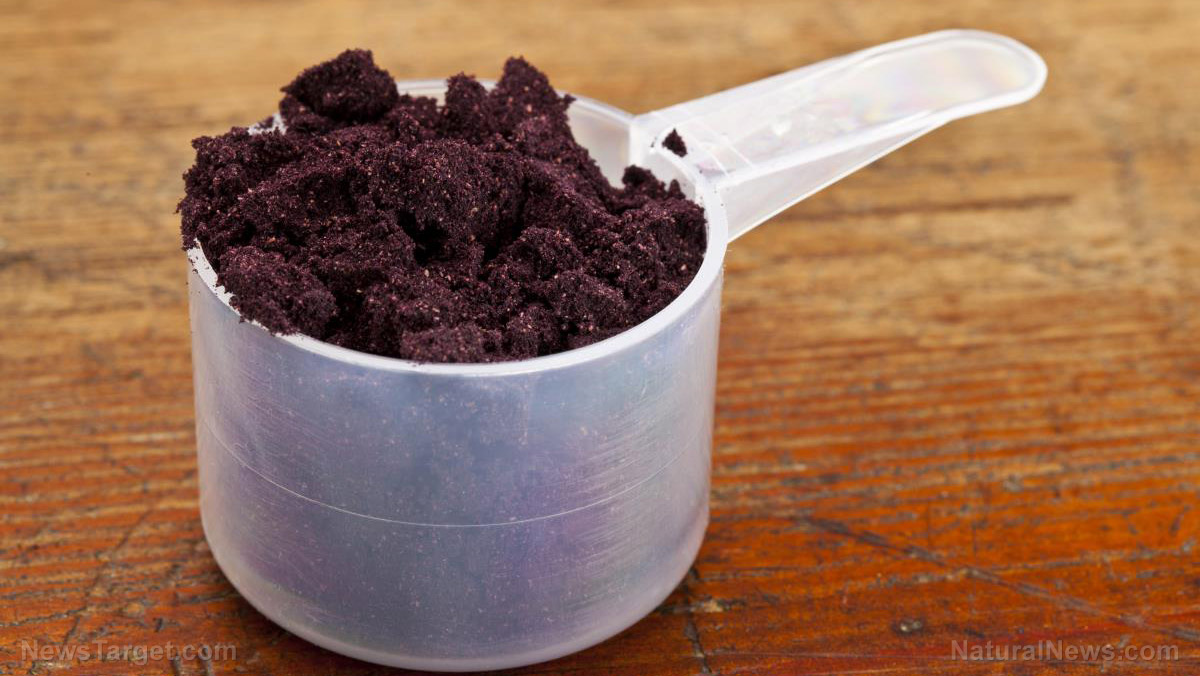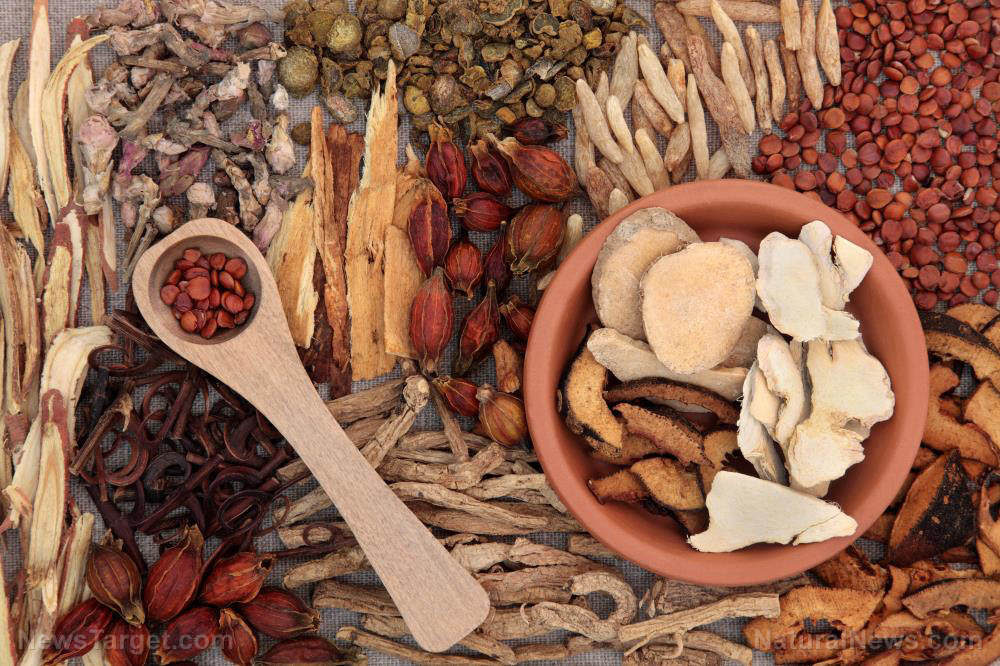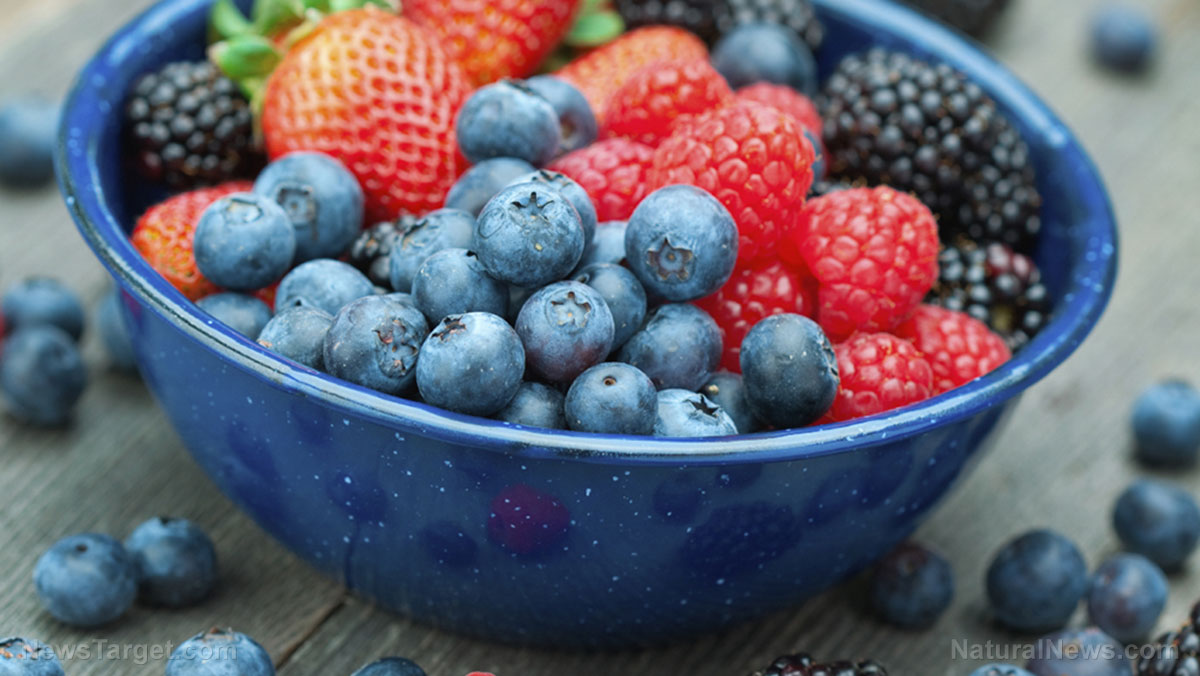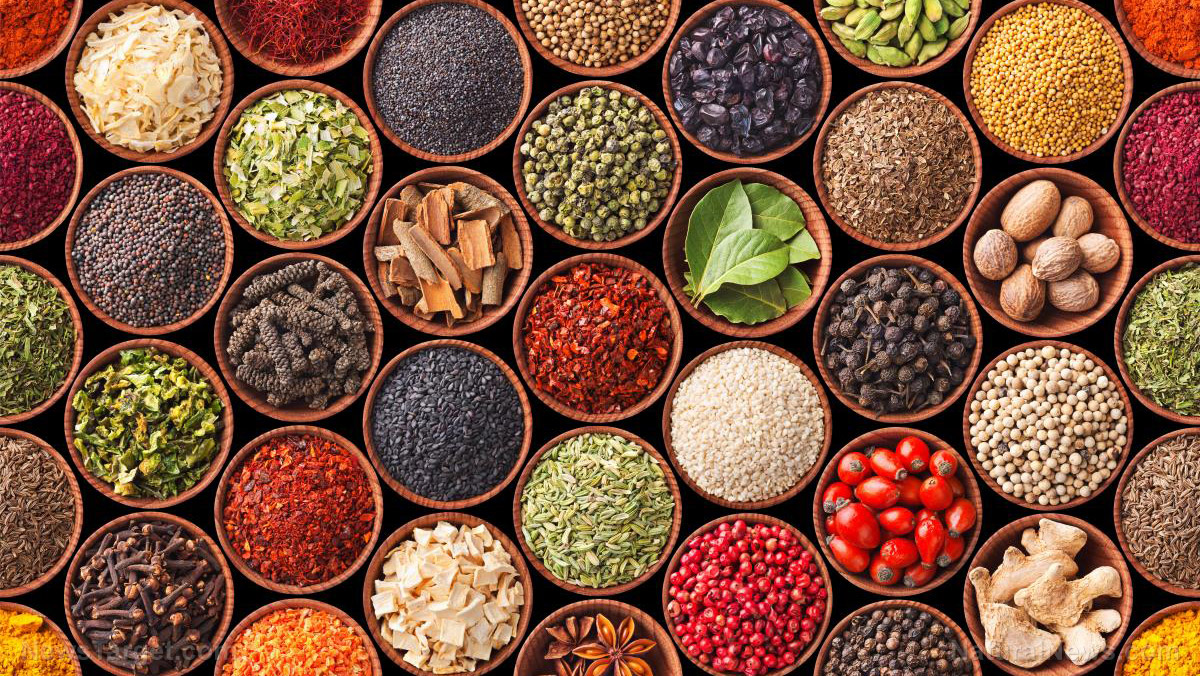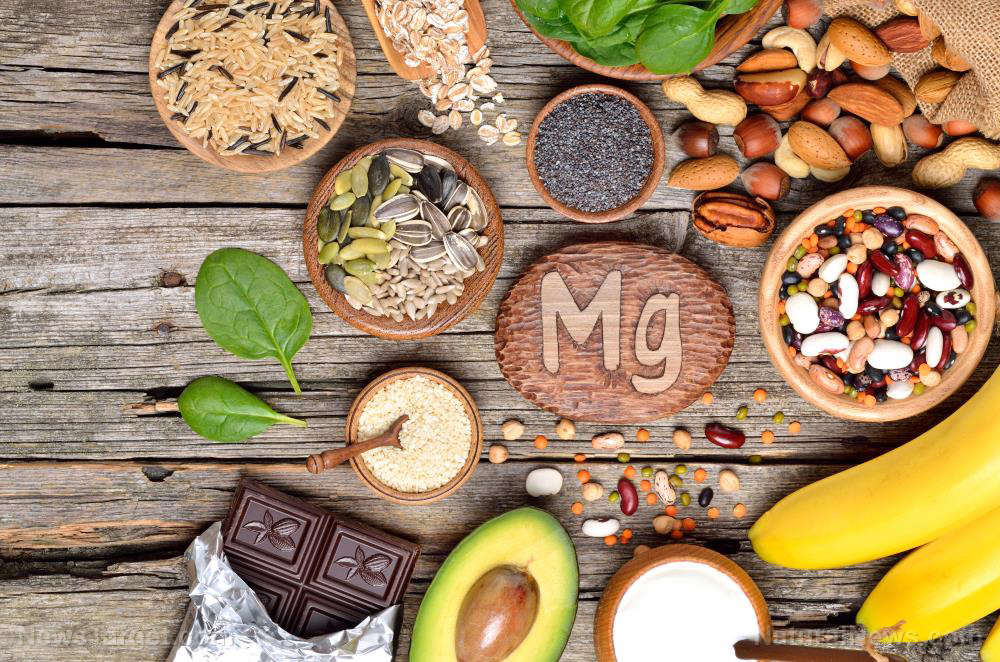A compound found in soy may help obese, diabetic people have better metabolic function
11/25/2018 / By RJ Jhonson
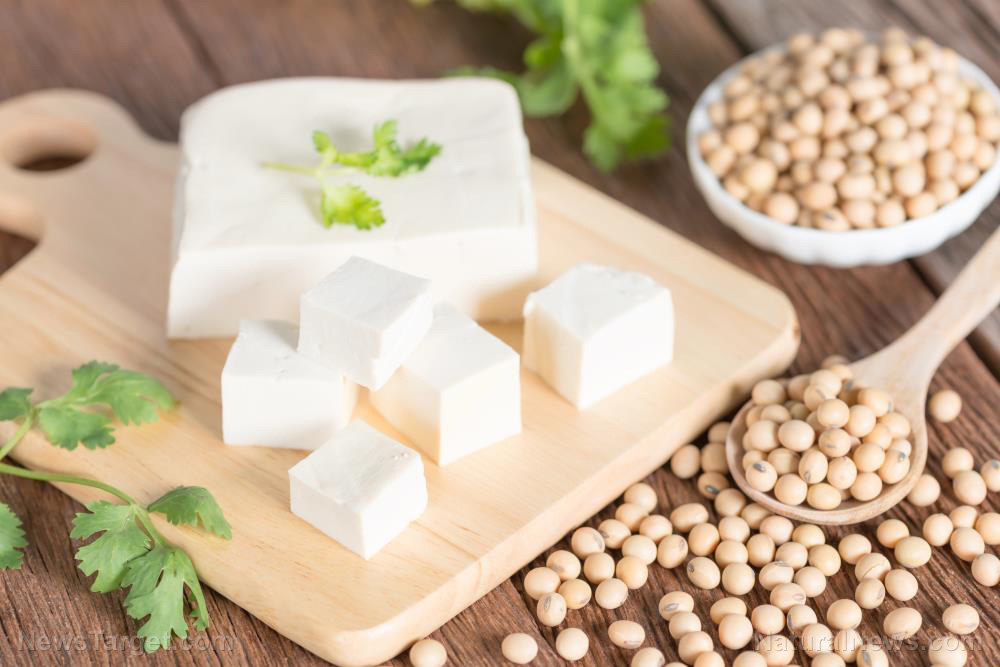
Eating certain soy products may help you burn more calories. A study, published in the Journal of Medicinal Food, found that consuming foods rich in the compound genistein, such as soy, can help improve your metabolism and the way your body expends energy.
Obesity is a result of consuming more energy than you can spend. When this happens, the unused energy is stored as fat which, ideally, will be used by the body as a backup source of energy once its supply of carbs (the immediate energy source) has begun to run low.
Thermogenesis is the metabolic process of converting the energy you take in from food into heat. In other words, it is the process of you burning calories. Thermogenesis is a trait common to warm-blooded animals, such as mammals and fish, as well as certain plants. One of its functions is to help you maintain a stable body temperature despite changes in your environment.
Some people with obesity have problems with diet-induced thermogenesis. The study indicates that consuming a diet containing genistein can help remedy this problem.
The authors of the study created an animal model composed of ob/ob mice, a special type of mutant mice modeled after obese humans. The mice used were 70 percent heavier than lean models on average.
For four weeks, the mice were fed either a genistein-rich (600 mg/kg) or a genistein-free diet. The researchers observed no changes in the animals’ body weight, but they noted that the mice on the genistein-rich diet began to consume more food by the third and fourth weeks. This was accompanied by a rise in body temperature and an increase in plasma levels of triiodothyronine (T3), a thyroid hormone involved in metabolism. According to the authors, these changes were indicative of a thermogenic effect.
Furthermore, the authors noted a reduction hypercorticosteronism with genistein treatment. Corticosterone is one of several glucocorticoids, a hormone thought to be responsible for maintaining and enhancing your body’s energy stores. Studies show that it can stimulate the desire for energy-containing foods, such as sweet and fatty ones. In other words, it is responsible for your cravings. Hypercorticosteronism leads to overeating.
The genistein-rich diet also caused a decrease in the protein expression of 11beta-hydroxysteroid dehydrogenase type 2, an enzyme that regulates the conversion of cortisone to cortisol and vice versa. Cortisol, the stress hormone, is responsible for activating glucocorticoid receptors in the cells. The diet did not affect the levels of 11beta-hydroxysteroid dehydrogenase type 1, an enzyme responsible for converting cortisone to cortisol, in the liver.
These outcomes led the researchers to conclude that a diet rich in genistein not only improves thermogenesis and metabolism as a whole, it also helps control corticosterone levels. What these mean is that consuming genistein-rich foods can help people with obesity and diabetes improve their ability to burn calories and reduce their cravings. (Related: Regarded as a sacred tree in India, amla may hold the key to preventing obesity.)
Foods rich in genistein
If you want to increase your intake of genistein, here are foods you need to consume:
- Soy and soy products – Soybeans are the primary source of genistein. The compound is also found in products made from the legume, including soy paste, soy sauce, tempeh, edamame, natto, miso, and tofu. Make sure you select organic, non-GMO soy to avoid glyphosate contamination.
- Beans – Although it is found in large concentrations in soy, genistein is also found in other legumes. These include common beans, black beans, and white beans.
- Peanuts – Despite their name, peanuts are actually a legume. They contain genistein, albeit in smaller concentrations than soy and other beans.
- Beer – This alcoholic drink contains various nutrients, one of which is genistein.
Find natural ways to lose weight by visiting Slender.news.
Sources include:
Tagged Under: corticosterone, diabetes, Genistein, genistein-rich diet, glucocorticoids, hypercorticosteronism, metabolism, obesity, soy, soy products, thermogenesis

